While some fraudsters exhibit a true evil genius in covering their tracks, most thieves aren't that clever. Careful attention to details and review of reconciliations by someone who doesn't work with that account can help catch many instances of fraud. The rules vary depending on whether the thief used just your account number or https://www.online-accounting.net/ your physical ATM or debit card. In the first instance, you aren’t responsible for any transactions you didn't authorize as long as you report them within 60 calendar days after your statement was sent to you. Businesses are generally advised to reconcile their accounts at least monthly, but they can do so as often as they wish.
To complete the reconciliation, make sure the difference shown is zero. Once you’ve identified the source of discrepancies, make necessary adjustments in your internal records to match them with external documents. Create clear and accurate journal entries or corrections to reflect the true financial situation. Common account reconciliation differences are timing differences in recording to the general ledger, outstanding and missing transactions, and transaction errors. This way you can check off all the matching items, making note of any missing transactions, which will need to be recorded using a journal entry, which will put your general ledger and sub-ledgers in balance. Letting the bank reconciliation process slide can result in out-of-balance books, missing payments, unauthorized charges never being discovered, and missing deposits.
Similarly, when a business receives an invoice, it credits the amount of the invoice to accounts payable (on the balance sheet) and debits an expense (on the income statement) for the same amount. When the company pays the bill, it debits accounts payable and credits the cash account. Again, the left (debit) and right (credit) sides of the journal entry should agree, reconciling to zero. There could be transactions unaccounted for in your personal financial records because of a bank adjustment.
How to perform a three-way trust reconciliation
There's even a mobile card reader so you can swipe or dip the card from your phone or tablet. With bank statement in-hand, you can systematically check off matching transactions one-by-one by clicking their boxes. The bottom of the screen contains a running total of items you have checked off, and thus have been reconciled. This is useful for comparing the totals in your books to the totals on your bank statement.
- The analytics review method reconciles the accounts using estimates of historical account activity level.
- This is vital for meeting reporting deadlines and providing stakeholders with reliable financial information.
- It involves calling up the account detail in the statements and reviewing the appropriateness of each transaction.
- A three-way reconciliation is a specific accounting process used by law firms to check that the firm's internal trust ledgers line up with individual client trust ledgers and trust bank statements.
- Fixed assets should be rolled forward by ensuring that purchases, sales, retirements and disposals, and accumulated depreciation are correctly recorded.
Another way of performing a reconciliation is via the account conversion method. Here, records such as receipts or canceled checks are simply compared with the entries in the general ledger, in a manner similar to personal accounting reconciliations. Businesses should reconcile their bank accounts within a few days of each month end, but many don't.
For lawyers, reconciliation in accounting is essential for ensuring that financial records are accurate, consistent, and transparent. While proper reconciliation is the standard for how law firms should handle all financial accounts, it is particularly important--and often required--for the management of trust accounts. Legal software for trust accounting can help you track transactions and reconcile records and bank statements.
Next Steps: Review the reconciliation
Reviewing your comparative trial balance is one of the most important things you can do for your business. If you've ever been billed for an item you didn't buy or found yourself with a larger bank balance than you know you should have, you understand the importance of account reconciliation. And, because Clio integrates with best-in-class accounting tools like QuickBooks and Xero, you can use them together to further simplify reconciliations.
Similarly, if there are deposits appearing in the bank statement but are not in the cash book, add the entries to the cash book balance. The analytics review method reconciles the accounts using estimates of historical account activity level. It involves estimating the actual amount that should be in the account based on the previous account activity levels or other metrics. The process is used to find out if the discrepancy is due to a balance sheet error or theft.
What are Common Account Reconciliation Discrepancies?
Your bank statement balance should now equal the balance in your records. Depending on the number of discrepancies, you may need to create a supporting schedule that details the differences between your internal https://www.bookkeeping-reviews.com/ books and bank accounts. For lawyers, account reconciliation is particularly important when it comes to trust accounts. In fact, most jurisdictions have requirements for trust account reconciliation.
Common accounting mistakes business owners make
The cash account is reconciled to bank statements rather than a subsidiary journal (sub-ledger) for that account. Accounting software and ERP systems have built-in features and electronic forms to reconcile cash accounts with bank statements. Accounts receivable details may not match the general ledger if customer invoices and credits are accrued https://www.quick-bookkeeping.net/ and not entered individually into the aged accounts receivable journal. Customer account write-offs must be recorded against the Allowance for Doubtful Accounts, which nets against Accounts Receivable in financial statements. Some of the sub-ledgers you may be using include fixed assets, payroll, accounts payable, and accounts receivable.
GAAP requires that if the direct method is used, the company must still reconcile cash flows to the income statement and balance sheet. Some reconciliations are necessary to ensure that cash inflows and outflows concur between the income statement, balance sheet, and cash flow statement. During financial audits, reconciled accounts serve as evidence of financial accuracy and compliance.
For example, a company may review its receipts to identify any discrepancies. While scrutinizing the records, the company finds that the rental expenses for its premises were double-charged. The company lodges a complaint with the landlord and is reimbursed the overcharged amount.
Notes payable (short-term and long-term components)
Annual SaaS subscriptions are another example of prepaid assets amortized over twelve months as each month elapses. Mary Girsch-Bock is the expert on accounting software and payroll software for The Ascent. Anytime something appears out of the ordinary, you'll want to review the originating documents such as invoices entered to determine if they were posted properly and whether any adjustments need to be made.
An audit trail provided by reconciliation can simplify the audit process and reduce audit-related costs. Documentation Review involves a manual, careful comparison of physical documents like bank statements, suitable for smaller accounts, relying on human attention to detail. By following these steps carefully, individuals and businesses can ensure the precision and reliability of their financial records. Using a schedule of general ledger accounts, analyze capital accounts by transaction for any additions or subtractions. The spreadsheet should include beginning balance, additions, subtractions, and any adjustments required for recording to agree with the general ledger ending balances for capital accounts. I know you'd rather be selling your products or providing services to your clients than being stuck in the office doing account reconciliations.















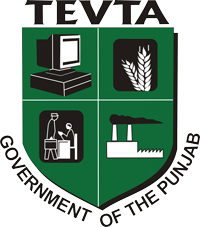
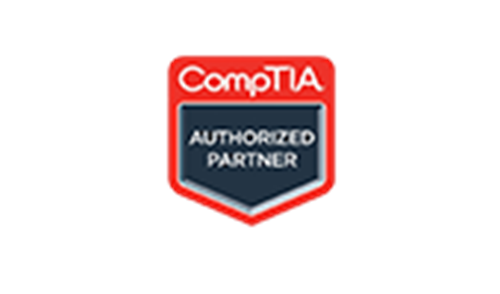
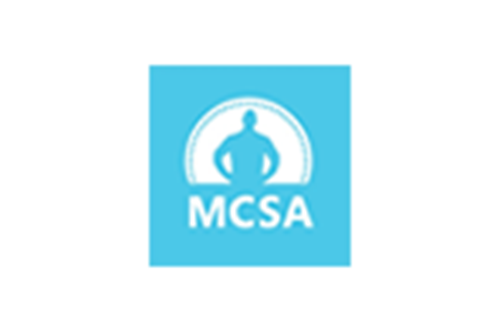
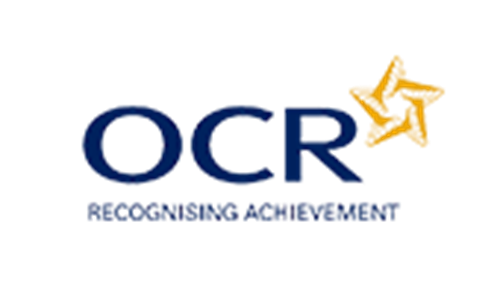
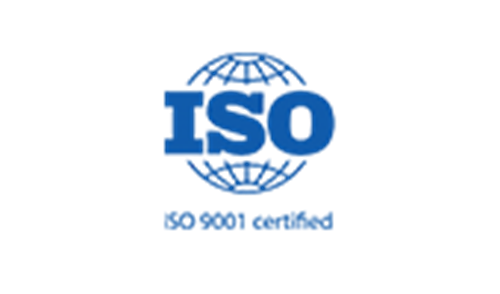
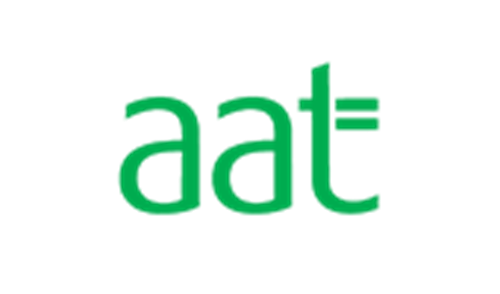
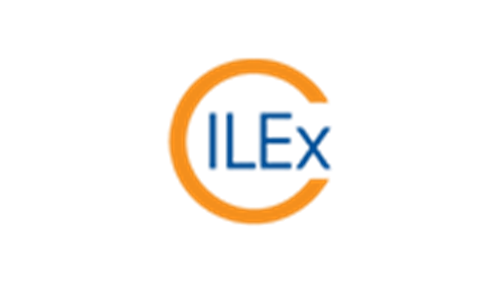
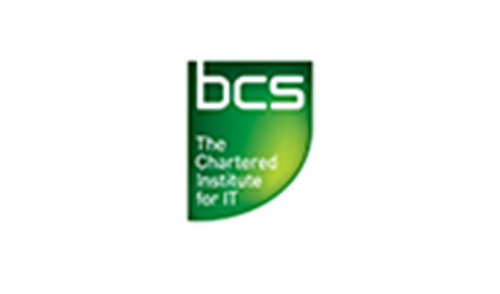

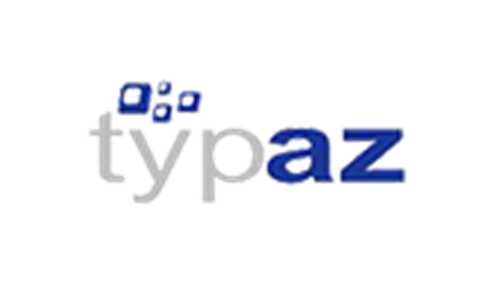
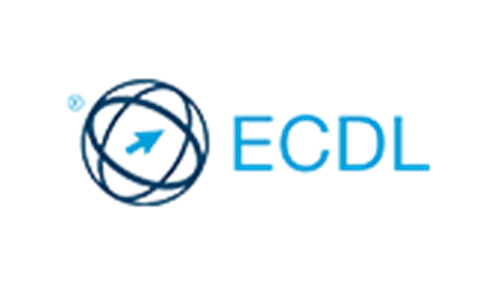

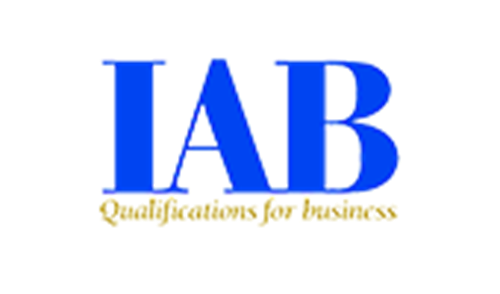


 WhatsApp
WhatsApp